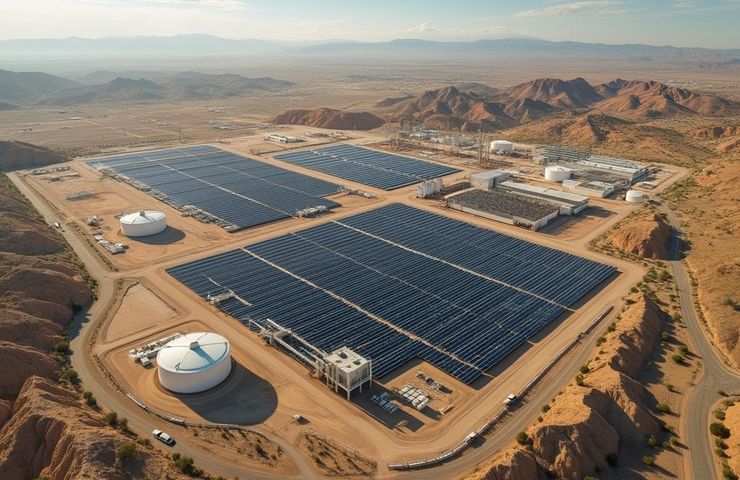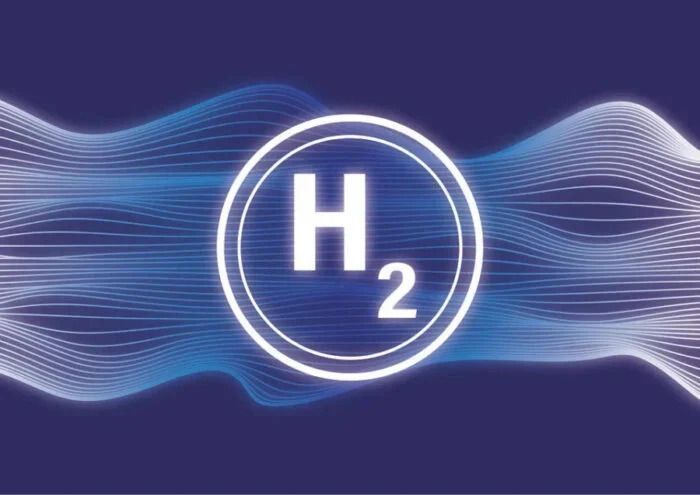Site selection for PV plants on coal gangue hills
Scientists have developed a novel method to identify which hills of coal waste are suitable for the construction of a solar plant. Their technique integrates GIS and the technique for order preference by similarity to an ideal solution. They tested the new approach suburban areas of Yangquan City, China.

Scientists have developed a novel method to identify which hills of coal waste are suitable for the construction of a solar plant. Their technique integrates GIS and the technique for order preference by similarity to an ideal solution. They tested the new approach suburban areas of Yangquan City, China.
A group of researchers from China has developed a site selection strategy for PV plants on coal gangue hills.
Gangue hills are piles made up of coal gangue, a waste product of coal mining that contributes to ecological degradation, environmental pollution, and socio-economic issues. To explore the potential of establishing PV plants on them, the team has combined geographic information systems (GIS) data with the technique for order preference by similarity to an ideal solution (TOPSIS).
“This study takes the urban, mining, and suburban areas of Yangquan City, Shanxi Province, China, as an example. It adopts the TOPSIS evaluation model and GIS technology to construct an evaluation model for the site selection of PV plants on gangue hills,” the team explained. “The TOPSIS model has the advantages of objectivity, flexibility, ease of use, broad applicability, and high reliability. By integrating GIS data analysis and statistics, the model provides a realistic and comprehensive evaluation process to identify suitable areas for PV construction on gangue hills.”
TOPSIS is a commonly used evaluation method. In the case of gangue hills, the team used two major influencing indicators known as efficiency indicators and environmental indicators. The efficiency indicators included 13 second-level indicators, grouped into three decision layers (economic indicators, transportation needs and geographical needs). The environmental indicators included six secondary indicators, grouped into two decision layers (natural environment and living environment).
Using the analytic hierarchy process (AHP), the group gave different weights to each indicator. “Through questionnaires, experts are asked to give the importance measurement values of each criterion level relative to the previous goal level. Then, the calculation rules are used to calculate the weight of each indicator relative to the overall goal level, thus obtaining the evaluation values of each evaluation object and ranking the advantages and disadvantages accordingly. Because the weight given by experts is subjective to some extent, the entropy weight method will be introduced into this study,” explained the group.
Based on their calculations, the efficiency indicators weigh 92.05%, while the environment weights have 7.95%. Geographical needs have a total weight of 55.57%, economic needs have 24.33%, and transportation needs account for 12.15%. On the environmental indicators, the natural environment accounts for 3.36%, and the human living environment accounts for 4.59%. The single heaviest secondary indicator is solar radiation with 22.67%, and the lightest is the distance to rivers with 0.66%.
Inserting the different GIS data into the model yielded five different suitability levels of the local gangue hills, from “not suitable” to “very high suitability.” Eight hills were identified for the latter, while six additional hills were identified for the secondary level of “high suitability.” Four hills were identified as “not suitable,” eight as “low suitability,” and 11 as “medium suitability.”
“The research thoroughly considers the unique environmental characteristics of gangue hills, offering novel theoretical insights and practical pathways for the application of photovoltaic systems in mining wastelands,” the academics concluded. “This approach not only addresses the challenges of ecological restoration in mining areas but also provides a sustainable solution for renewable energy development, establishing a new paradigm for the synergistic utilization of abandoned mining lands and photovoltaic technologies.”
The new method appeared in “Site selection strategy for photovoltaic power plants construction on gangue hills: An integrated method based on GIS and AHP-TOPSIS,” published in Energy Strategy Reviews. Researchers from the China University of Mining and Technology (Beijing) and the Beijing Normal University conducted the study.
What's Your Reaction?



























































